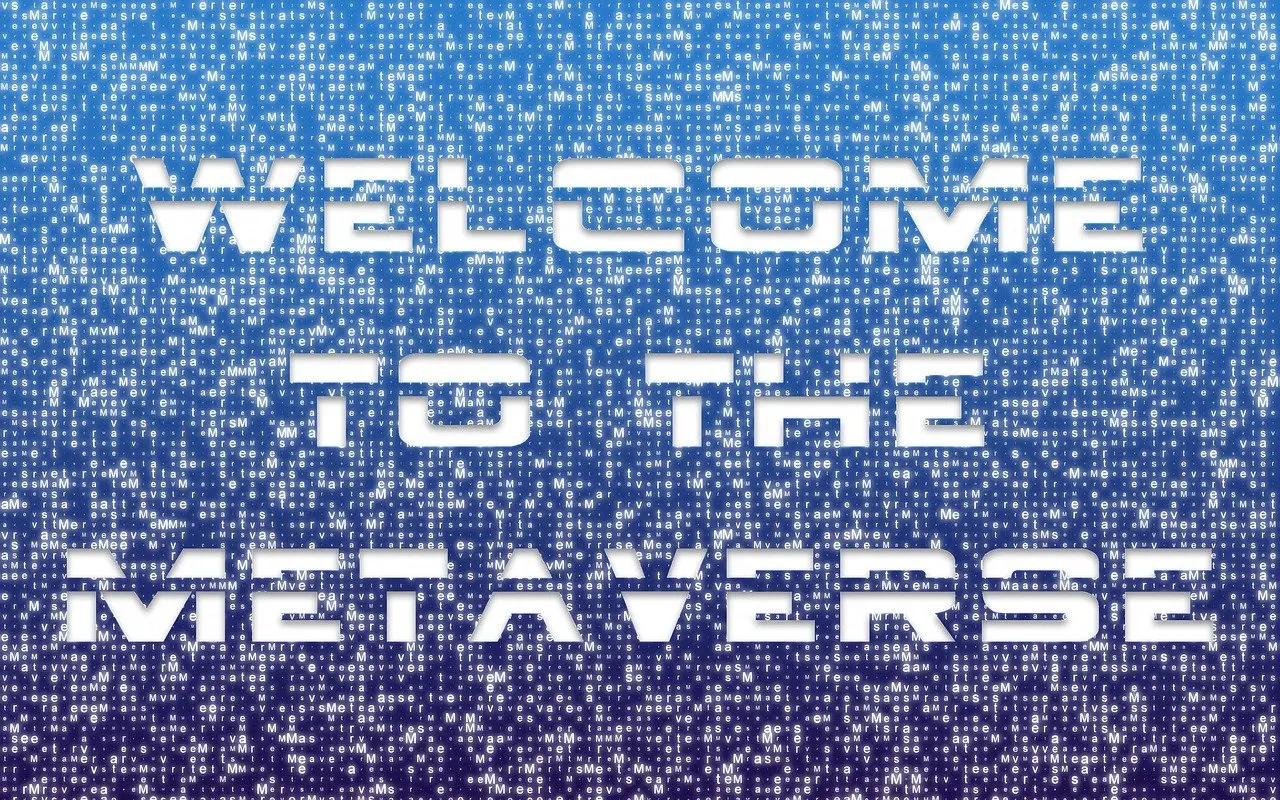One of the most effective ways for higher education institutions to attract new students is by creating valuable content. And for many institutions, identifying a target audience may not be a question of segmentation as much as it is a question of motivation.
In other words: What drove a prospect to arrive at an institution’s landing page? And once an institution can answer that question, then they can target the content to a wide group of prospects.
Here are some important content strategies that can drive higher education marketing and help institutions develop a plan for content management.
Create good, updated content to attract quality students
Higher education marketing begins with a website that has attractive landing pages, bold headlines and call-to-action (CTA) buttons that compel a user to seek more information about the school or to apply online for enrollment.
The website should also be responsive, which means that when users access that site on their mobile devices, the images, colors, text and font all shrink to fit those devices, without affecting the site’s ease-of-use.
And colleges and universities can create valuable content by answering the question mentioned earlier: What drove a prospect to arrive at the school’s landing page?
A list of reasons why a user would land on a university’s website:
- Finding affordable education.
- Seeking flexible ways to pay for higher education.
- Seeking information about the value of an advanced degree.
- Seeking information about diversity at the school.
- Seeking information about quality of education.
- Seeking information about transfer requirements.
- Seeking information about admission requirements.
This is just a place to start, but even with this short list, administrators can begin to craft informative and entertaining content about subjects such as the value of a college degree versus only having a high-school diploma, social activities available on campus, the school’s latest rankings that speak volumes about its quality education, and the types of jobs available for students who want to earn money while attending school.
Ensure that administrators and faculty are on the same page regarding content
As with any business, content is not a one-size-fits-all proposition, and that is why it is so important that administrators and faculty are on the same page regarding content creation.
School administrators are often more concerned about how to attract new enrollees and retain existing students, so their content ideas are going to be skewed toward that goal.
Faculty, on the other hand, is more likely to want to promote the educational aspects of the institution, which means their content ideas are going to lean more toward orientation sessions, online academic conferences, educational forums and classroom dynamics.
But guess what?
Colleges and universities need both of these types of content to ensure that they are servicing as many prospects and as many existing students as possible.
Summer is a great time for administrators and faculty to meet to explore what content to create because there is time for everyone to take a look at web analytics to identify what users searched for on the school website.
Web analytics also sheds light on what content did not quite hit the mark, especially via social media comments that can illuminate trending topics that are engaging students.
Set measurable goals for developing content strategies
Many people think higher education marketing is something abstract that cannot be measured, but that is not true.
Administrators can set measurable goals by tracking the following information after a marketing campaign:
- Number of requests for information.
- Number of requests for an application.
- Number of online applications started.
- Number of online applications submitted.
- Number of mailed applications submitted.
- Number of contact forms completed.
- Number of people attending live chats and online information seminars.
- Number of social media comments after new campaign launched.
These can all give provide a quantifiable way of analyzing the success or failure of a campaign, which also helps administrators set new goals.
Content is about more than just blog pieces
Relevant, updated and valuable content is one of the keys to higher education marketing, but administrators should not forget that content is not just blog pieces; it includes videos, webinars, live streaming and podcasts.
If you need help with a content marketing strategy, please contact us today for a consultation.












